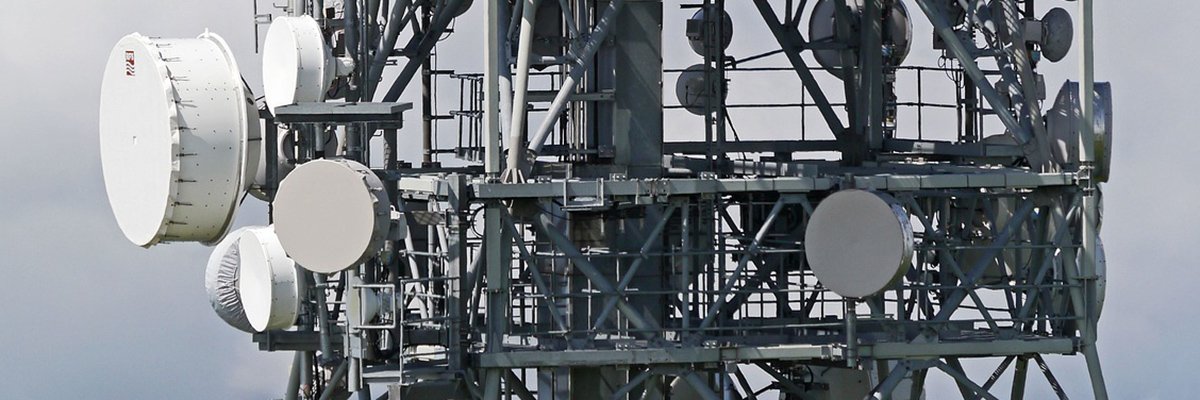An “interstellar object” is speeding toward the inner solar system, where Earth is located, astronomers have confirmed.
The object — likely a comet — was first detected in data collected between by the Asteroid Terrestrial-impact Last Alert System, or ATLAS — an asteroid impact early warning system in Rio Hurtado, Chile, funded by NASA, the space agency announced on Tuesday.
Properties such as a marginal coma and short tail indicate signs of cometary activity, according to the Minor Planet Center.
Numerous telescopes have reported additional observations since the object was first reported, NASA said. Observations from three different ATLAS telescopes around the world — as well as the Zwicky Transient Facility at the Palomar Observatory in San Diego County, California — dating back to June 14 were gathered and provided data that supports the existence of the comet, according to a NASA update released Wednesday.

This diagram shows the trajectory of interstellar comet 3I/ATLAS as it passes through the solar system. It will make its closest approach to the Sun in October.
NASA/JPL-Caltech
It appears to be originating from interstellar space, arriving from the direction of the constellation Sagittarius, and is currently about 420 million miles from Earth, according to NASA.
The comet poses no threat to Earth and will remain at a distance of at least 150 million miles, astronomers said. It is estimated to reach its closest approach to the sun around Oct. 30, where it will cross at about 130 million miles away, just inside the orbit of Mars, according to NASA.
The object, dubbed “A11pl3Z” or “3I/ATLAS,” spans approximately 25 miles, Josep Trigo-Rodriguez, as astrophysicist at the Institute of Space Sciences near Barcelona, Spain, told The Associated Press.
It’s traveling at a speed of about 152,000 mph and approaching the inner solar system from the bar of the Milky Way, Live Science reported. Its trajectory suggests it did not originate in this solar system, according to EarthSky.org.

Interstellar object A11pI3Z captured, June 2, 2025, by David Rankin, engineer at the Catalina Sky Survey at the University of Arizona. Astronomers on June 2 confirmed the discovery of an interstellar object racing through our solar system — only the third ever spotted, though scientists suspect many more may slip past unnoticed.
David Rankin, Saguaro Observatory/AFP via Getty Images
This is only the third time in history that an interstellar object entering the inner solar system has been recorded.
A cigar-shaped interstellar object called “Oumuamua,” the Hawaiian word for “scout,” was detected in 2017. And in 2019, an object named “21/Borisov” — a comet that likely strayed from another star system — was located.
Astronomers will continue to investigate the size and physical properties of the comet through September, after which it will pass too close to the sun to remain visible, NASA said.
The comet is expected to reappear on the other side of the sun in early December, NASA said.








